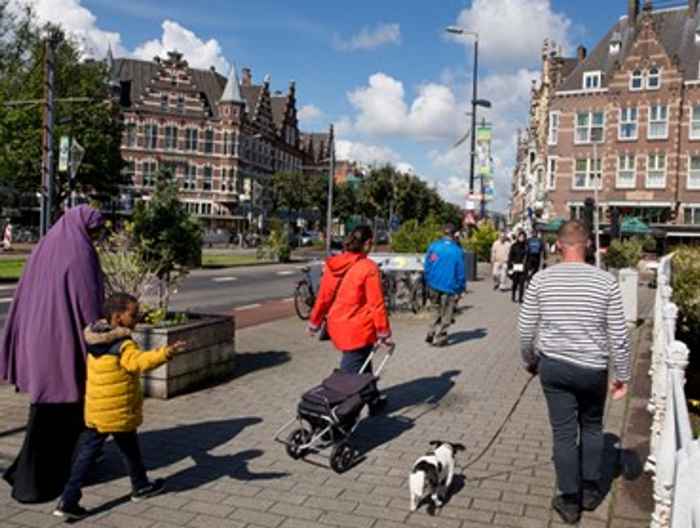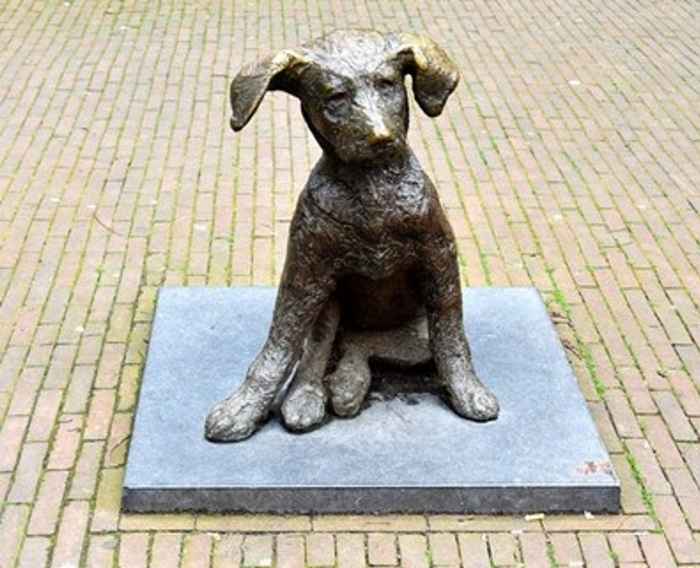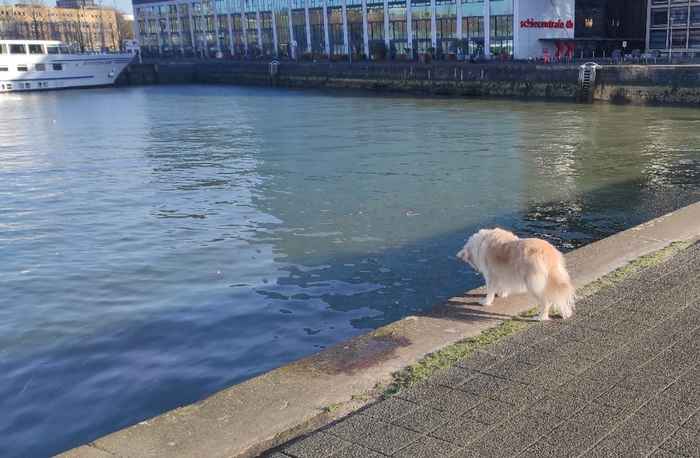Who and what do we encounter when we move through our neighbourhood? - by Katerina Stavridi

The past two decades have seen an increased interest in the relationship between emotions and urban space. This diverse body of work builds on the thesis that space is produced through our everyday practices and encounters, which are affectively experienced and negotiated. Therefore, since emotions are inextricable from everyday life, they pertain to multiple scales, from the closest space of the body to the home, the neighbourhood, and the city.
Emotions are about encounters between urban residents and space, but humans are not the sole residents of cities. In recent years, there has been a burgeoning literature interested in the more-than-human dimensions of the city, which aims to produce research that studies how objects, buildings, technology, plants and animals, and humans relate to each other.

Through my research, I focus on perhaps the most familiar of these more-than-human relations: the companionship between humans and their pet dogs. Like in the case of Sonia and her canine companion, Lottie, this bond necessitates an ongoing relationship with their neighbourhood, to the extent that urban space becomes the third member of this partnership.
Through this intimate relationship, all three parts involved – Loti, Sonia, and the neighbourhood – emerge changed. The boundaries, textures, social ties, and perceptions that make up the sense of place in this neighbourhood are renegotiated and reproduced in each outing. At the same time, through dog walking, Loti and Sonia are trained together in modes of attuning to, communicating, and understanding each other, a process mediated by the human, animal, and material entities they encounter along the way. Moreover, through their relation, aspects of their identities - their age, gender, sex, breed, size, and race – inform each other, forming new identities that shape their interactions with other urban residents.

Loti and Sonia are not alone in their experiences. In 2015, there were more than 1.9 million pet dogs in the Netherlands, a number that has most probably increased in the past 2 years during the covid-19 pandemic. However, the significance of the intricate aspects of this companionship has not been sufficiently explored in urban studies.
I contend that the intimate relationship between humans, dogs, and cities offers a vital entry point into urban the ways that emotional attachments to the neighbourhood are produced in our more-than-human cities. If pet dogs are such an essential aspect of urban life, why do we forget them when talking about our cities?
Biography
Katerina Stavridi is a Research Master's student in Urban Studies. Her current research interests focus on more-than-human urban geographies, the production of human-dog affective relationships, and the politics of affective atmospheres in different urban contexts, particularly in cities in the North and South of Europe. She is currently researching interspecies urban sensing and place-making practices for her Master’s thesis under the supervision of Rivke Jaffe.